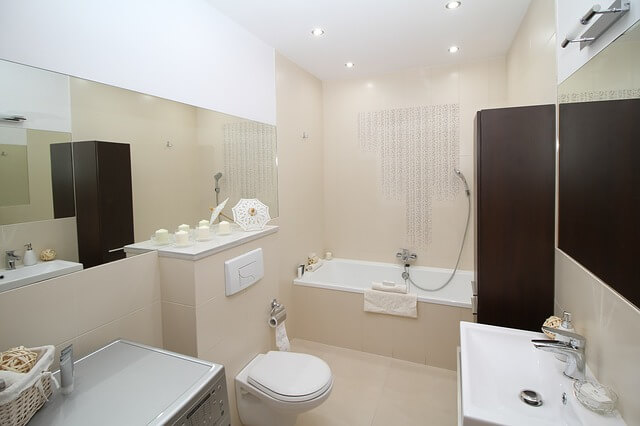Handicap accessible bathrooms are an absolute necessity, and with these short tips, helping those less fortunate will be a breeze.
1. Slip-proof flooring
Handicap people are more prone to slipping, and more likely to get seriously injured. The slip-resistant coating should be added on top of all surfaces in the bathroom, especially the shower or bathtub. This is a highly effective way to prevent accidents, as well as being one of the most affordable methods.
2. Shower seat
Equipping the bathroom with a shower seat would be another great idea. For those who can stand – it’s difficult to; and for those who can’t – there’s no other option. All you have to do is put it in the shower or tub, and assist the person to use it.
3. The entrance
This might be something you need to pay most attention to. Make sure there are no steps leading into the bathroom. There should also be no door. Since that causes a privacy issue, you can get a sliding door, but perhaps it’s more suitable to use a curtain or wraparound entrance. Barrier free shower bases are must have for all handicap bathrooms, so make sure you’ve read our guide.
4. Grab bars
Sure, not all bathrooms are big, but, no matter how small your bathroom is, there always needs to be room for handicap grab bars and rails. These should be installed around the toilet, but also around and inside the bathtub/shower. They make performing ordinary activities more manageable and easier.
5. Height
You should install counter tops with partitions of varying heights on all work surfaces. This way anyone, standing up or sitting down, can use the bathroom comfortably. Be sure to do this with the toilet as well (do this by adding seat risers or pedestals on your existing toilet).
Final thoughts
It’s not easy accommodating the needs of a handicapped person, but it’s worth it. Hopefully, this list has steered you in the right direction.
